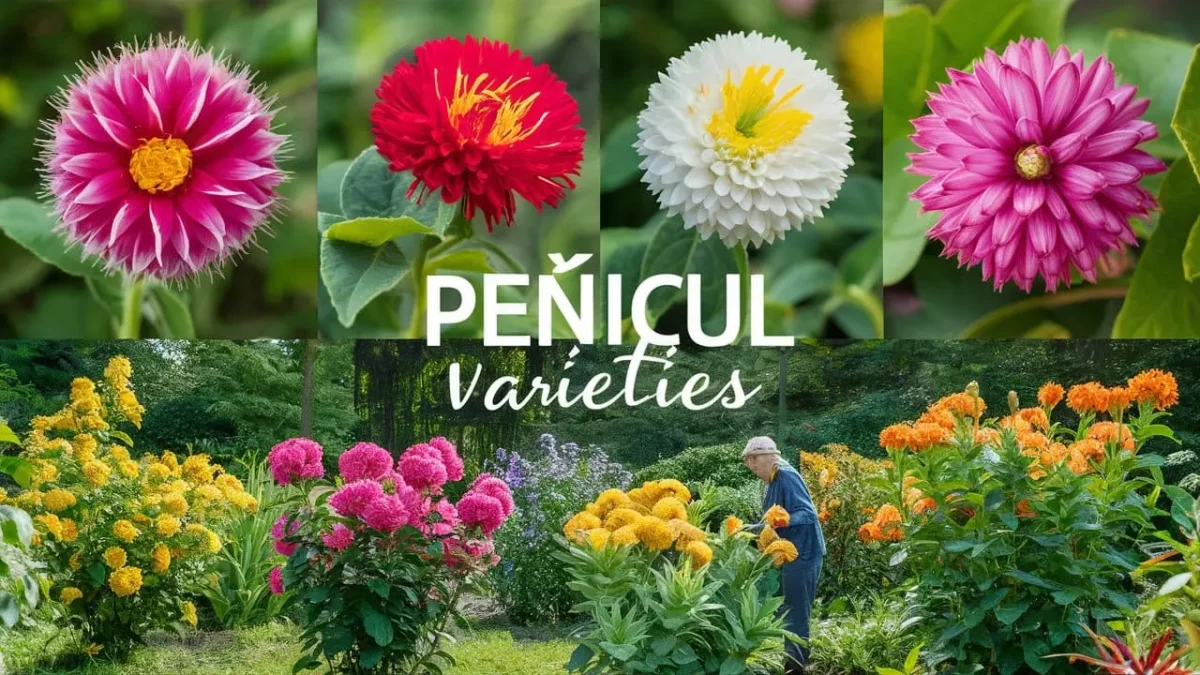What Are Peñiculs?
Definition and Brief Description
Peñiculs are a diverse group of flowering plants known for their vibrant colors and intricate patterns. These flowers are celebrated for their aesthetic appeal, making them a popular choice among gardeners and floral enthusiasts. Peñiculs encompass a variety of species, each with unique characteristics that contribute to their widespread admiration.
Overview of Their Popularity in Gardening
Peñiculs have become a favorite in gardens worldwide due to their versatility and beauty. They are prized not only for their ornamental value but also for their ability to thrive in various environments. Gardeners appreciate peñiculs for their ability to add color and elegance to any garden setting, whether planted in beds, borders, or containers.
Why Choose Peñiculs for Your Garden?
Unique Qualities and Benefits
Peñiculs offer several unique qualities that make them an excellent choice for any garden:
- Diverse Range of Colors and Patterns: From deep purples and reds to soft pinks and whites, peñiculs come in a vast array of colors. Their patterns, including stripes, spots, and gradients, add to their visual interest.
- Extended Blooming Period: Many varieties of peñiculs have long blooming seasons, providing continuous beauty from spring through late summer.
- Fragrance: Some peñiculs are known for their pleasant fragrance, which can enhance the sensory experience of a garden.
- Adaptability: Peñiculs can thrive in a variety of soil types and climates, making them a versatile option for gardeners in different regions.
Comparative Advantages Over Other Flowers
When compared to other popular garden flowers, peñiculs hold several advantages:
- Low Maintenance: Many peñicul species are relatively easy to care for, requiring minimal maintenance once established.
- Pest Resistance: Certain peñiculs have natural resistance to common garden pests, reducing the need for chemical interventions.
- Versatility in Landscaping: Peñiculs can be used in various landscaping designs, from formal gardens to wildflower meadows. They are also suitable for container gardening, making them accessible for those with limited space.
- Cultural Significance: Beyond their beauty, peñiculs often carry cultural and symbolic meanings, adding a layer of depth and personal connection to their presence in the garden.
Choosing peñiculs for your garden can enhance its beauty and diversity, offering a rewarding gardening experience with both aesthetic and practical benefits.
Types of Peñiculs
Common Varieties
List of Popular Peñicul Varieties with Images
- Peñiculus Vulgaris (Common Peñicul)
- Description: This is the most widespread variety, known for its hardy nature and vibrant colors. It typically features shades of red, pink, and white.
- Image:
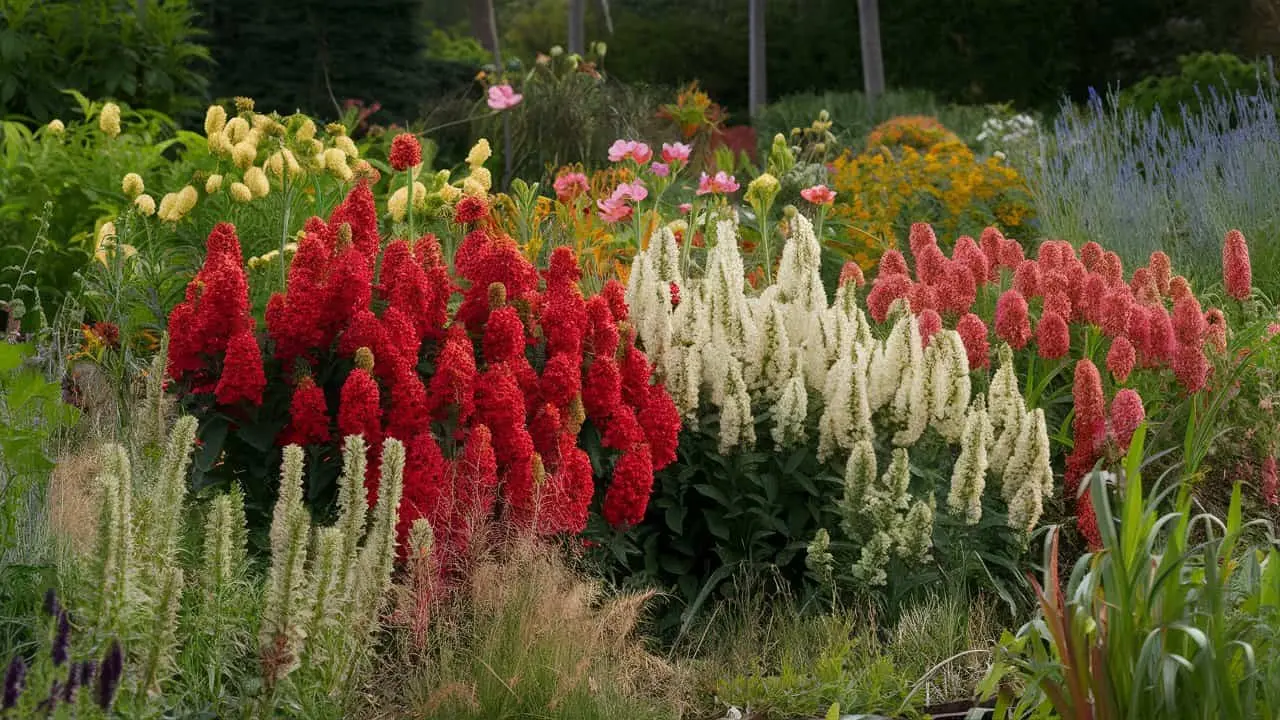
- Peñiculus Alba (White Peñicul)
- Description: As the name suggests, this variety is distinguished by its pure white blooms, symbolizing purity and elegance.
- Image:
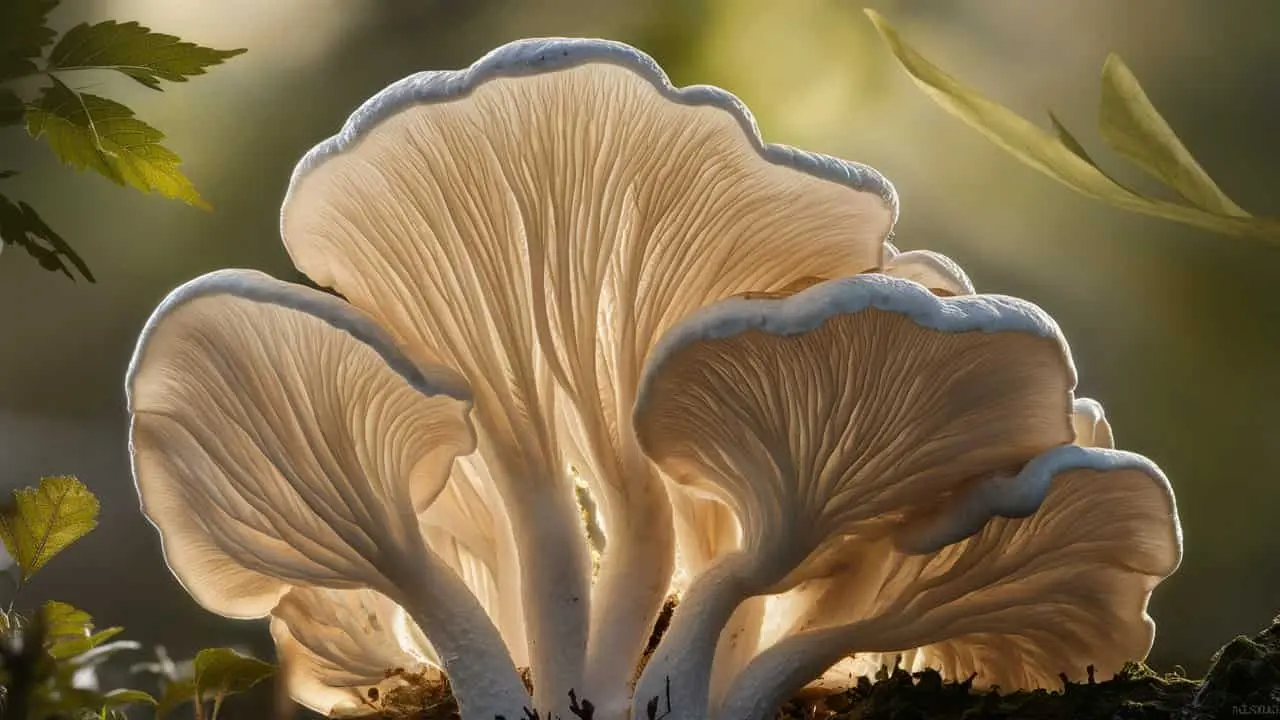
- Peñiculus Rubra (Red Peñicul)
- Description: Known for its striking red flowers, this variety adds a bold splash of color to any garden.
- Image:
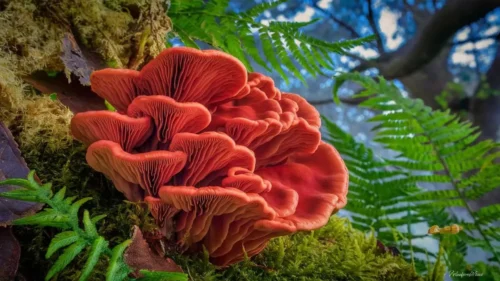
- Peñiculus Purpurea (Purple Peñicul)
- Description: Featuring rich purple hues, this variety is often associated with royalty and luxury.
- Image:
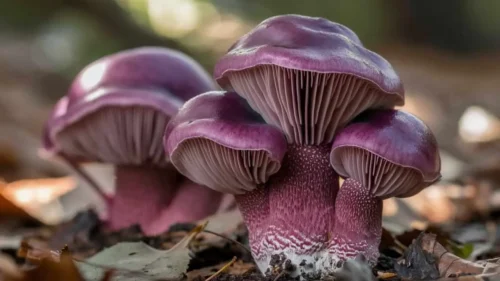
- Peñiculus Rosacea (Pink Peñicul)
- Description: This variety showcases delicate pink flowers that bring a soft and romantic touch to garden spaces.
- Image:
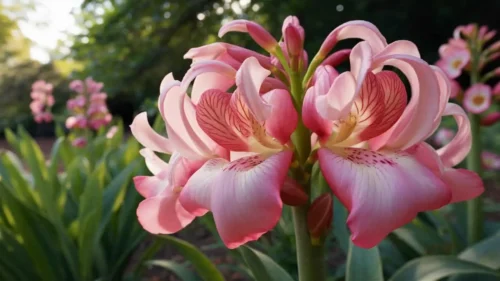
Characteristics of Each Variety
- Peñiculus Vulgaris:
- Height: Typically grows to about 1-2 feet tall.
- Bloom Time: Early summer to late fall.
- Care: Requires full sun and well-drained soil. Water regularly but do not overwater.
- Peñiculus Alba:
- Height: Can reach up to 2 feet in height.
- Bloom Time: Late spring to early summer.
- Care: Prefers partial shade and rich, moist soil. Keep soil evenly moist.
- Peñiculus Rubra:
- Height: Grows to about 1.5 feet.
- Bloom Time: Mid-summer to early fall.
- Care: Thrives in full sun and well-drained soil. Water moderately.
- Peñiculus Purpurea:
- Height: Reaches heights of 1.5 to 2 feet.
- Bloom Time: Early summer to mid-fall.
- Care: Needs full sun and well-drained soil. Regular watering is essential, but avoid waterlogging.
- Peñiculus Rosacea:
- Height: Typically 1 to 1.5 feet tall.
- Bloom Time: Late spring to mid-summer.
- Care: Prefers full sun to partial shade and rich, well-drained soil. Water regularly.
Rare and Exotic Peñiculs
Overview of Less Common Varieties
- Peñiculus Exotica (Exotic Peñicul)
- Description: Known for its unusual color patterns and larger blooms, this variety is a rare sight in typical gardens.
- Image:

- Peñiculus Aurea (Golden Peñicul)
- Description: Features golden-yellow flowers that stand out due to their rarity and striking appearance.
- Image:
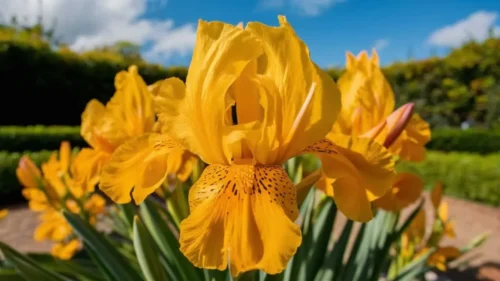
- Peñiculus Multiflora (Multi-flowered Peñicul)
- Description: This variety produces clusters of small flowers in a variety of colors, making it a unique and eye-catching choice.
- Image:
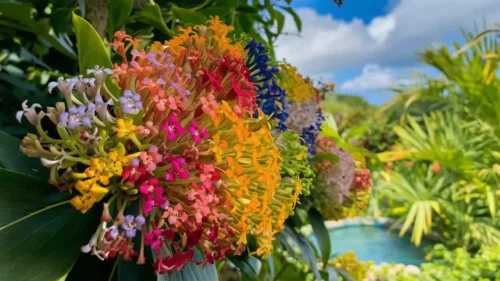
Special Care Requirements for Exotic Peñiculs
- Peñiculus Exotica:
- Climate: Prefers tropical to subtropical climates.
- Soil: Needs well-drained, slightly acidic soil.
- Watering: Requires frequent watering to maintain soil moisture.
- Light: Thrives in filtered sunlight or partial shade.
- Peñiculus Aurea:
- Climate: Best suited for warm climates.
- Soil: Prefers sandy, well-drained soil.
- Watering: Moderate watering, ensuring the soil does not become waterlogged.
- Light: Full sun is ideal, but can tolerate some light shade.
- Peñiculus Multiflora:
- Climate: Can adapt to a range of climates but prefers mild conditions.
- Soil: Needs fertile, well-drained soil.
- Watering: Regular watering to keep the soil moist but not soggy.
- Light: Full sun to partial shade.
By understanding the different types of peñiculs and their specific care requirements, gardeners can select the best varieties for their needs and create stunning displays in their gardens.
Growing Peñiculs: A Step-by-Step Guide
Choosing the Right Location
Ideal Climate and Soil Conditions
Peñiculs thrive in a variety of climates, but they generally prefer temperate regions with moderate temperatures. The ideal soil for peñiculs is well-draining and rich in organic matter. Sandy loam soils are often the best choice, as they provide good drainage while retaining enough moisture for the plants.
- Soil pH: Peñiculs grow best in slightly acidic to neutral soil, with a pH range of 6.0 to 7.0.
- Moisture: Ensure the soil remains consistently moist but not waterlogged. Overly wet soil can lead to root rot and other fungal diseases.
Sunlight and Shade Requirements
Most peñiculs flourish in full sunlight, which means they need at least six hours of direct sunlight per day. However, some varieties can tolerate partial shade, especially in regions with extremely hot climates.
- Full Sun: For optimal growth and flowering, place peñiculs in a location where they receive ample direct sunlight.
- Partial Shade: In hot climates, providing afternoon shade can help prevent the flowers from wilting and reduce the risk of sunburn on the leaves.
Planting Peñiculs
When to Plant Peñiculs
The best time to plant peñiculs is during the spring, after the last frost has passed. This gives the plants enough time to establish their root systems before the hot summer months.
- Spring Planting: Allows for robust growth and development as temperatures gradually increase.
- Fall Planting: In milder climates, planting in early fall can also be successful, giving the plants a head start before winter.
Step-by-Step Planting Instructions
- Prepare the Soil: Loosen the soil to a depth of about 12 inches and mix in compost or well-rotted manure to enrich it.
- Dig Holes: Create planting holes that are twice as wide and the same depth as the root ball of the peñicul.
- Position the Plants: Place the peñicul in the hole, ensuring the top of the root ball is level with the soil surface.
- Backfill and Firm: Fill the hole with soil, gently firming it around the plant to eliminate air pockets.
- Water Thoroughly: Water the newly planted peñiculs deeply to settle the soil and help establish the roots.
- Mulch: Apply a layer of mulch around the base of the plants to retain moisture and suppress weeds.
Caring for Peñiculs
Watering and Feeding Schedules
Proper watering and feeding are crucial for the health and vibrancy of peñiculs.
- Watering: Keep the soil consistently moist, especially during dry spells. Water deeply once a week, allowing the soil to dry slightly between watering to prevent root rot.
- Feeding: Apply a balanced, slow-release fertilizer in early spring and again in mid-summer to support growth and flowering.
Pruning and Deadheading Tips
Regular pruning and deadheading help maintain the shape of the plants and encourage continuous blooming.
- Pruning: Cut back any dead or damaged stems in early spring before new growth begins. Lightly trim the plants after flowering to maintain their shape.
- Deadheading: Remove spent flowers by snipping them off just above the next set of leaves. This promotes the growth of new blooms and prevents the plant from expending energy on seed production.
Preventing and Treating Common Pests and Diseases
Peñiculs are generally hardy, but they can still be affected by pests and diseases.
- Pests: Common pests include aphids, spider mites, and caterpillars. Use insecticidal soap or neem oil to control infestations.
- Diseases: Fungal diseases like powdery mildew and root rot can occur, especially in humid conditions. Ensure proper air circulation around the plants and avoid overhead watering to reduce the risk of fungal infections. Treat affected plants with appropriate fungicides if necessary.
Seasonal Care for Peñiculs
Spring and Summer Care
Fertilizing and Watering Routines
- Fertilizing: During the spring and summer, peñiculs are in their active growing and blooming phase. Use a balanced, slow-release fertilizer at the beginning of spring to provide essential nutrients. A 10-10-10 or 20-20-20 fertilizer works well. Reapply according to the product instructions, usually every 6-8 weeks, to support continuous growth and flowering.
- Watering: Ensure the soil remains consistently moist but not waterlogged. Water deeply once a week, allowing the top inch of soil to dry out between waterings. During hot, dry spells, increase the frequency to twice a week. Always water at the base of the plant to avoid wetting the foliage, which can lead to fungal diseases.
Managing Blooming Cycles
- Deadheading: Regularly remove spent blooms to encourage the plant to produce new flowers. Deadheading prevents the plant from putting energy into seed production and directs it towards new growth.
- Pruning: Lightly prune after the initial bloom period to maintain the plant’s shape and encourage a second wave of flowering. Cut back about one-third of the plant’s height, making sure to remove any dead or damaged stems.
Fall and Winter Care
Preparing Peñiculs for Colder Weather
- Mulching: As temperatures begin to drop, apply a thick layer of mulch around the base of the peñiculs. This helps insulate the roots and maintain a stable soil temperature. Organic mulches, such as straw or shredded leaves, are ideal.
- Reducing Watering: Gradually reduce watering as the plant enters dormancy. Overwatering during this period can lead to root rot.
Overwintering Techniques
- In-Ground Peñiculs: For peñiculs grown in the ground, cut back the stems to about 6 inches above the soil level after the first hard frost. Apply a layer of mulch to protect the roots from freezing temperatures.
- Potted Peñiculs: If you have peñiculs in containers, move them to a sheltered location, such as a garage or basement, where they can stay cool but not freeze. Reduce watering significantly, keeping the soil just barely moist to prevent desiccation.
Additional Tips
- Pest and Disease Control: Keep an eye out for common pests such as aphids and spider mites. Treat infestations promptly with insecticidal soap or neem oil. Ensure good air circulation around the plants to prevent fungal diseases.
- Soil Testing: Conduct a soil test in the fall to determine nutrient levels and pH. This allows you to make any necessary soil amendments before the next growing season.
Designing Your Garden with Peñiculs
Creating Stunning Flower Beds
Design Principles and Layout Ideas
- Color Coordination: Choose peñicul varieties that complement each other in terms of color. For example, pairing Peñiculus Vulgaris with Peñiculus Rosacea can create a harmonious and visually appealing bed with shades of red and pink.
- Height and Layering: Arrange peñiculs by height, with taller varieties like Peñiculus Purpurea at the back and shorter ones like Peñiculus Alba in the front. This creates a layered effect that adds depth and interest to the flower bed.
- Repetition and Rhythm: Use repetition of peñicul clusters to create a sense of rhythm and cohesion throughout the garden. This technique helps guide the viewer’s eye across the landscape.
- Seasonal Blooms: Plan for continuous color by selecting peñiculs that bloom at different times throughout the growing season. This ensures that your garden remains vibrant and lively from spring to fall.
- Focal Points: Use bold-colored peñiculs like Peñiculus Rubra as focal points in your garden design. These eye-catching blooms can draw attention and create visual anchors within the garden.
Companion Plants for Peñiculs
- Lavender: The purple hues of lavender complement the colors of peñiculs and add a pleasant fragrance to the garden. Both plants prefer similar growing conditions, making them ideal companions.
- Hostas: With their lush, green foliage, hostas provide a striking contrast to the vibrant flowers of peñiculs. They thrive in partial shade, making them perfect for areas where peñiculs might need some protection from intense sunlight.
- Salvia: The tall spikes of salvia flowers pair well with the more rounded blooms of peñiculs. Their contrasting shapes and complementary colors can create a dynamic and visually appealing garden bed.
- Coreopsis: These sun-loving perennials offer bright, daisy-like flowers that enhance the beauty of peñiculs. Their cheerful yellow blooms can add a pop of color and attract pollinators to the garden.
Peñiculs in Containers and Planters
Best Practices for Container Gardening
- Choosing the Right Containers: Select containers with adequate drainage holes to prevent waterlogging. Materials like terracotta, ceramic, and plastic can all be suitable, depending on your aesthetic preferences and climate.
- Soil Selection: Use a high-quality potting mix that offers good drainage and aeration. Consider adding perlite or sand to improve the soil structure.
- Planting Technique: Fill the container with soil, leaving enough space for the root ball of the peñiculs. Place the plants in the container, ensuring the root ball is level with the soil surface. Fill in around the plants, gently firming the soil.
- Watering and Feeding: Container plants tend to dry out faster than those in the ground. Water regularly, keeping the soil consistently moist but not soggy. Feed the plants with a balanced liquid fertilizer every 4-6 weeks during the growing season.
Choosing the Right Pots and Soil
- Size of Pots: Ensure the pots are large enough to accommodate the mature size of the peñiculs. Small pots can restrict root growth and lead to poor plant health.
- Material Considerations: Terracotta pots are breathable and good for root health but can dry out quickly. Plastic pots retain moisture longer but may need more frequent drainage checks.
- Soil Composition: Use a mix specifically formulated for flowering plants, which often includes compost, peat moss, and perlite for optimal growth conditions. Avoid garden soil as it can be too heavy and may not drain well in containers.
Using Peñiculs in Floral Arrangements
Tips for Cutting and Arranging Peñiculs
- Cutting Flowers: Harvest peñiculs early in the morning when they are fully hydrated. Use sharp, clean scissors or pruners to cut the stems at a 45-degree angle, which allows for better water uptake.
- Conditioning Flowers: Immediately place the cut stems in a bucket of lukewarm water with a floral preservative. Allow them to rest for a few hours or overnight in a cool, dark place to extend their vase life.
- Arranging Techniques: Start with a clean vase filled with fresh water and a floral preservative. Arrange the peñiculs, starting with the largest blooms first and filling in with smaller flowers and foliage for a balanced look. Change the water every couple of days to keep the arrangement fresh.
Ideas for Seasonal Displays and Bouquets
- Spring Bouquets: Combine peñiculs with other spring blooms like tulips and daffodils for a fresh, colorful arrangement. Add greenery like ferns or ivy for texture.
- Summer Displays: Use vibrant peñiculs alongside sunflowers and zinnias for a bold, cheerful bouquet. Incorporate grasses or other tall plants to add height and dimension.
- Fall Arrangements: Pair peñiculs with autumnal flowers like chrysanthemums and asters. Use foliage with rich fall colors, such as maple leaves or eucalyptus, to enhance the seasonal theme.
- Winter Bouquets: Although peñiculs are less common in winter, you can use dried peñicul blooms combined with evergreens, pine cones, and berries for a festive display.
The Cultural and Symbolic Significance of Peñiculs
Historical Background
Origins and Historical Use of Peñiculs
Peñiculs, a diverse group of flowering plants, have a rich history dating back to ancient civilizations. Their vibrant colors and intricate patterns have made them a symbol of beauty and elegance throughout the ages.
- Ancient Civilizations: Peñiculs were often used in ceremonial and religious contexts. In ancient Greece, for instance, they were associated with various gods and goddesses and were used to adorn temples and altars. Similarly, in ancient China, peñiculs were cultivated in imperial gardens and symbolized wealth and prosperity.
- Medieval Europe: During the medieval period, peñiculs became popular in European gardens. They were often featured in monastic gardens, where they were grown for both their beauty and medicinal properties. Peñiculs were believed to have healing qualities and were used in various herbal remedies.
- Renaissance and Beyond: The Renaissance period saw a renewed interest in horticulture, and peñiculs became a staple in the gardens of the elite. They were featured in botanical illustrations and used in floral arrangements to decorate palaces and estates.
Cultural Significance in Different Regions
- Asia: In Japan, peñiculs are often associated with the concept of “wabi-sabi,” which celebrates the beauty of imperfection and impermanence. They are also used in traditional tea ceremonies and Ikebana (the art of flower arranging).
- Europe: In Victorian England, peñiculs were part of the “language of flowers,” where specific flowers conveyed different messages. They were often used in bouquets and arrangements to express emotions and sentiments without words.
- North America: Peñiculs have become a popular choice in North American gardens due to their vibrant colors and relatively easy care. They are often used in public gardens and parks to create visually stunning displays.
Symbolism and Meanings
Common Symbolic Meanings of Peñiculs
Peñiculs hold various symbolic meanings across different cultures and contexts:
- Love and Affection: Red and pink peñiculs are commonly associated with love and romance. They are often given as gifts on Valentine’s Day and anniversaries to express deep affection.
- Purity and Innocence: White peñiculs symbolize purity, innocence, and new beginnings. They are frequently used in wedding bouquets and christening ceremonies.
- Wealth and Prosperity: In some cultures, yellow and gold peñiculs are seen as symbols of wealth, prosperity, and good fortune. They are often used in celebrations and rituals aimed at attracting abundance.
How to Use Peñiculs to Convey Messages in Floral Language
- Expressing Love: To convey love and passion, use a bouquet of red and pink peñiculs. Add a few sprigs of baby’s breath or greenery to enhance the romantic sentiment.
- Offering Sympathy: White peñiculs can be used in sympathy arrangements to express condolences and support during times of loss. Pair them with lilies or roses for a solemn and respectful display.
- Celebrating Success: Yellow and gold peñiculs are perfect for celebrating achievements and milestones. Use them in congratulatory bouquets or as part of festive decorations.
- Friendship and Joy: A mixed arrangement of variously colored peñiculs can symbolize joy, happiness, and friendship. This is a great choice for birthdays, thank-you gifts, or simply to brighten someone’s day.
Therapeutic and Medicinal Uses of Peñiculs
Traditional Medicinal Uses
Overview of Historical Medicinal Applications
Peñiculs have been used in traditional medicine for centuries across various cultures. Historically, they have been valued not only for their aesthetic beauty but also for their therapeutic properties.
- Ancient Remedies: In ancient Greece and Rome, peñiculs were often used in herbal remedies and were believed to possess healing properties. They were used to treat a range of ailments, from digestive issues to respiratory problems.
- Chinese Medicine: In traditional Chinese medicine, peñiculs were incorporated into treatments for their supposed ability to balance the body’s energies. They were often used in teas and tinctures aimed at promoting relaxation and reducing inflammation.
- Native American Practices: Some Native American tribes utilized peñiculs in their medicinal practices. The plants were used in poultices and infusions to treat wounds and alleviate pain.
Common Preparations and Their Benefits
- Infusions and Teas: Peñicul flowers and leaves were often steeped in hot water to create infusions and teas. These were used to soothe digestive issues, reduce fever, and promote relaxation.
- Poultices and Compresses: Crushed peñicul leaves and flowers were applied directly to the skin as poultices to treat wounds, reduce inflammation, and alleviate muscle pain.
- Aromatic Baths: Peñicul petals were added to bathwater for their calming and aromatic properties, believed to relieve stress and improve mood.
- Ointments and Salves: Peñicul extracts were mixed with fats or oils to create ointments and salves used to treat skin conditions and wounds.
Modern Applications
Current Research on Peñiculs’ Health Benefits
Modern scientific research has begun to explore the potential health benefits of peñiculs, validating some of their traditional uses and discovering new applications.
- Anti-inflammatory Properties: Studies have shown that certain compounds in peñiculs exhibit anti-inflammatory effects, which could be beneficial in treating conditions like arthritis and other inflammatory diseases .
- Antioxidant Activity: Peñiculs contain antioxidants that help combat oxidative stress in the body, potentially reducing the risk of chronic diseases such as heart disease and cancer .
- Antimicrobial Effects: Research indicates that peñicul extracts have antimicrobial properties, making them effective against certain bacteria and fungi. This supports their traditional use in treating wounds and skin infections .
Practical Uses in Aromatherapy and Wellness
- Aromatherapy: Peñicul essential oils are popular in aromatherapy for their calming and uplifting effects. The fragrance of peñiculs is believed to reduce anxiety, improve mood, and promote a sense of well-being. Diffusing peñicul oil or adding it to a bath can provide these therapeutic benefits.
- Skincare: Peñicul extracts are used in various skincare products for their soothing and healing properties. They are incorporated into creams, lotions, and serums designed to treat conditions like eczema, acne, and dry skin.
- Dietary Supplements: Peñiculs are also available in dietary supplements, where their antioxidant and anti-inflammatory properties are harnessed to support overall health. These supplements are often marketed for their potential to boost the immune system and improve digestive health.
FAQs about Peñiculs
- What are Peñiculs? Peñiculs are a species of flowering plants known for their vibrant blooms and lush foliage. They belong to the genus Peniculus and are commonly grown for ornamental purposes in gardens and indoor spaces.
- How do I care for Peñiculs? Peñiculs thrive in well-draining soil with plenty of sunlight. Water them regularly, allowing the soil to dry out slightly between waterings. Fertilize monthly during the growing season with a balanced fertilizer. Prune spent blooms to encourage continuous flowering.
- Why are my Peñicul leaves turning yellow? Yellowing leaves can be a sign of overwatering or nutrient deficiencies. Ensure proper drainage and avoid waterlogged soil. Consider fertilizing with a balanced fertilizer to address nutrient deficiencies.
- How do I propagate Peñiculs? Peñiculs can be propagated through stem cuttings or division. Take stem cuttings from healthy plants, remove the lower leaves, and plant them in moist soil. Division involves separating the plant into smaller sections, each with its own roots, and replanting them.
- Are Peñiculs prone to pests and diseases? While Peñiculs are relatively resistant to pests and diseases, they may occasionally encounter issues such as aphids, spider mites, or powdery mildew. Monitor your plants regularly and treat any infestations promptly with appropriate insecticides or fungicides.
Common issues and solutions for growing Peñiculs
- Issue: Wilting or drooping leaves Solution: Check soil moisture levels and adjust watering accordingly. Ensure proper drainage to prevent waterlogging, which can lead to root rot.
- Issue: Stunted growth Solution: Evaluate the plant’s environment for adequate sunlight and nutrient levels. Consider fertilizing with a balanced fertilizer to promote healthy growth.
- Issue: No blooms Solution: Insufficient sunlight or improper pruning may prevent Peñiculs from flowering. Ensure they receive at least six hours of sunlight per day and prune regularly to remove spent blooms and encourage new growth.
- Issue: Yellowing or browning leaves Solution: Check for overwatering, underwatering, or nutrient deficiencies. Adjust watering habits and consider fertilizing with a balanced fertilizer to replenish nutrients.
Expert tips for beginner gardeners
- Start with healthy plants: Choose robust Peñiculs from reputable nurseries or garden centers to give yourself the best chance of success.
- Provide optimal growing conditions: Ensure your Peñiculs receive adequate sunlight, water, and nutrients to thrive. Monitor environmental conditions regularly and make adjustments as needed.
- Practice regular maintenance: Prune Peñiculs regularly to remove spent blooms and maintain their shape. Monitor for pests and diseases, and address any issues promptly to prevent them from spreading.
- Experiment with propagation: Try propagating Peñiculs through stem cuttings or division to expand your garden and learn new gardening techniques.
- Keep learning: Gardening is a continuous learning process. Take advantage of resources such as books, online forums, and local gardening clubs to expand your knowledge and skills.
Conclusion
In conclusion, the enduring allure of Peñiculs lies in their captivating beauty and versatile benefits for gardeners of all skill levels. With their vibrant blooms, lush foliage, and relatively low maintenance requirements, Peñiculs add a touch of elegance and color to any garden or indoor space.
Recap of their benefits and beauty
- Aesthetic Appeal: Peñiculs boast a wide array of colors and flower shapes, making them a visually stunning addition to gardens and floral arrangements.
- Low Maintenance: These resilient plants are relatively easy to care for, requiring only moderate sunlight, regular watering, and occasional pruning.
- Versatility: Peñiculs thrive in various environments, from outdoor gardens to indoor containers, making them suitable for gardeners with limited space or different climate conditions.
Encouragement to incorporate Peñiculs into garden designs
Whether you’re a seasoned gardener or just starting out, consider incorporating Peñiculs into your garden designs. Their beauty and adaptability make them a valuable addition to any landscape, providing year-round interest and charm. Experiment with different varieties, colors, and planting schemes to create visually stunning displays that will delight both you and your visitors.

